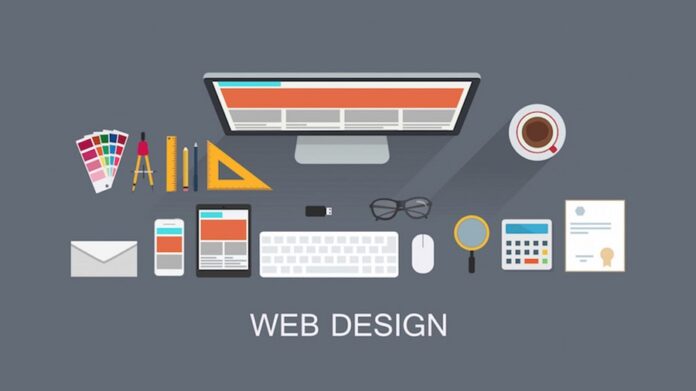Web design encompasses a wide range of abilities and disciplines in the generation and maintenance of websites. When you look at the most recent 25 years of Internet browsing and web design, the customer experience has developed quickly.
Within less than a couple of years, innovation has drastically changed the manner we communicate, the way we discover data, where and numerous different parts of everyday life of web design introduced by Fullestop.
The Dark Ages of Web Design
The internet was simply conceived during the 1990s, thus, most sites were entirely text based with original HTML. On the WWW only straightforward content pages could be seen, however, this immediately changed to join basic images. But the language used to change over pages of content through the program, without confinements. Numerous websites were based on content pages with vertical structure and small illustrations. Individuals immediately improved the vertical and alluring blue hypertext text adapted to explore the virtual space of the Internet.
The Golden Era of Freedom
This was the period of bold websites, sites that were gone for networks. There was bold typography and sparkly inclinations. Corners wound up adjusted, edges softened and web design, by and by, took off at the speed of light.
In 1996 the flash apparatus was much simpler as compared to now. It utilized the illustration tools and essential layout, a timeline, and a confined precursor to ActionScript. However, it enabled the web designers to investigate over the purpose of HTML, JavaScript, and animated GIFs. An incredible number of web developers maintained a strategic distance from the use of Flash because to the requirement of plug-in.
Around the year 2000, CSS (Cascading Style Sheets) turned out to be increasingly more popular. They enabled individuals to change and modify a variety of features of websites like background shading, text size and content style in code.
Flat Design & Future Trends
Flat design is the most recent style to hit the digital design world. This style is described by the disposal of graphical elements that have no critical value or reason inside a user interface. Simplicity is vital: beautiful components such as gradients, textures and reliefs are evaded.
The most recent 25 years have seen some real changes in the web design world. There have been a couple of hits and misses, however the vast majority of these changes have been for the better. Things positively look an extraordinary arrangement changed at present compared to back in 1990. Obviously things will continue progressing just as fast in the years to come.




